Readers of a certain age might recall the days when people ‘went for a drive’ as a form of pleasure. Yes, as unbelievable as it sounds now that combustion-engined cars are demonised, fuel prices are at an all-time high and unwittingly straying into a ‘low emission zone’ can cost you the price of a plane ticket to New York, there really was a time when people got behind the wheel and went somewhere simply for the joy of it.
And do you know what? I still do. Yes. I am shameless. I still love that feeling of slipping into the driving seat, shutting the door and heading off on a vehicular adventure.
I don’t mean, I hasten to add, some soul-destroying commute into London in which every tedious mile is overshadowed by thoughts of Sadiq Khan’s looming visage. (Have I paid the congestion charge?; Am I ULEZ compliant?; Did I really just see the speedometer register 22 mph?; Is my Ringo app going to work ?; Can I avoid filling-up with London-priced petrol?; Will the car be allowed to remain where I park it?)….
No, I mean a real, proper drive in the now largely forgotten style for which marques such as Bentley, Aston Martin, Ferrari and Maserati built their ‘grand tourer’ cars of the ’50s and ’60s. A drive which doesn’t just involve crossing charging zones, but entire countries. My favourite destination of all for a ‘trip out’ is the Greek island of Corfu, a journey of approximately 1,200 miles from my home in Devon via the Plymouth to Roscoff ferry, France, over the Alps and into northern Italy before catching boats two and three from Ancona to Igoumenitsa and Igoumenitsa to ‘Kerkyra’.
In the old, old days (2019) people used to scoff at my way of travelling, ‘wasting’ three or four days on a trip that could be dispatched by jet in as many hours. How they loved to tell me that the price of the ferry ticket one way alone was more than an Easy Jet return, of how the journey must ‘eat in’ to the time away, how ‘boring’ it must be to have to drive so far – and how their kids ‘would never be able to do it’.
But now that everyone is banging on about ‘slow living’ and the moral repugnancy of plane travel, perhaps it doesn’t seem so daft to embark on a gentle trans-continental drive, taking in the sights and sounds along the way and living by nonagenarian round-the-world motorcyclist Ted Simon’s mantra that ‘the adventure is the journey’.
Indeed, I’ve discovered that the key to the whole thing is to adopt a fluid approach. Booking ahead is a recipe for disaster, because it immediately creates the tension that comes with having to be at a given place at a given time.
Such free-wheeling can cause problems when it comes to finding accommodation (which is why an old Vauxhall Vivaro van is my favoured vehicle for the Corfu run), but maintaining a strict rule to secure somewhere to stay well before dark usually avoids having to sleep in a car – which is invariably awful – and the inevitable arguments that ensue. (Opting to camp or taking a tent as back-up is always a good idea).
It’s also worth exercising restraint. So don’t be in a rush to get anywhere, let alone to the ultimate destination. My way of doing this is to avoid motorways whenever possible, choosing instead to meander along the often delightful, toll-free backroads of France and Italy and to conquer the mountains by road (not tunnel) at my own sweet pace , stopping off for lunch – often a waterside picnic made with ingredients bought en route – or a reviving draft of coffee, preferably made using that brilliantly simple and simply brilliant water boiling device, the Kelly Kettle.
My typical drives start with an overnight ferry from Plymouth, which lands at Roscoff at around 8 a.m. A little after 10.30, I can be breakfasting in the historic city of Rennes before setting-out on a big push to Auxerre which is a run of around 280 miles – a good six hours on small roads.
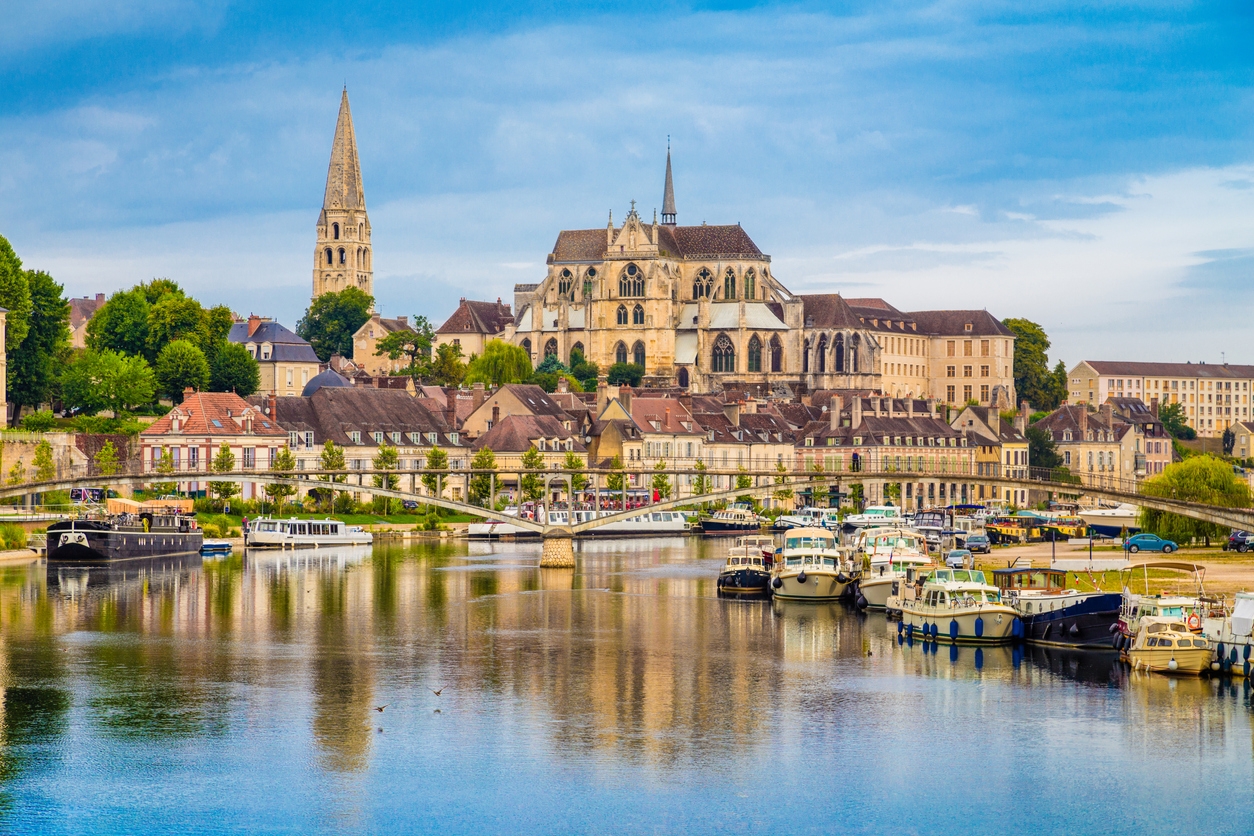
I’ll either sleep in the van or, if feeling extravagant, try to book a room en route at the delightful Petit Manoir des Bruyeres, a tiny Burgundy chateau at nearby Villefargeau – and, if feeling rich, I might even pay a visit to chef extraordinaire Pierre Boussereau’s restaurant, Le Jardin Gourmand.
Following one of the Petit Manoir’s typically fabulous breakfasts, an early departure gets me on the road to the Italian border, skirting Switzerland and heading for the Mont Cenis pass – a spectacular drive in the spring and summer, with a climb of more than 2,000 metres that connects Val Cenis in France with Susa in Italy. Lunch (bread and cheese bought along the way) usually happens somewhere near the shore of the impressive Lac du Mont Cenis, from where it’s a short, 20km jaunt to a favourite campsite at Salbertrand in the Susa valley, Camping Gran Bosco. Open 365 days a year, its a Mecca for walkers and off-road drivers and motorcyclists and has one of the best oven-fired pizza restaurants I’ve ever visited.
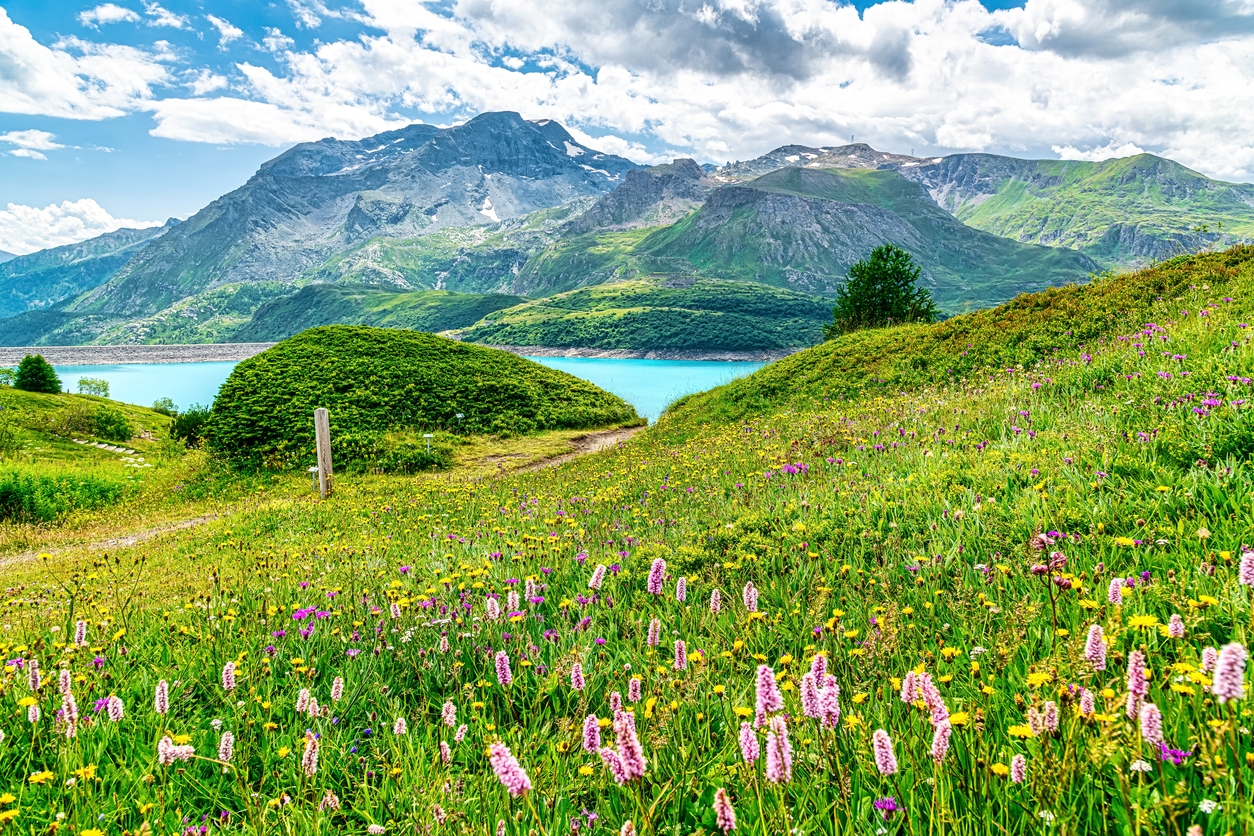
I never tire of waking up there and opening the van doors to the sight of blue sky and mountain peaks before picking-up fresh croissants from the pizzeria, sparking-up the Kelly Kettle in order to make coffee and then setting off towards Turin and the rest of the final, 400-mile leg.
I’ll sometimes stop in or near Bologna (about four hours away) but I often carry on driving, lunching on the hoof and, all being well arriving near Ancona in time to check-in at one of the area’s many campsites which can be found both along the coast and up in the hills. And after that, it’s off to the ferry…. Google Maps is invaluable for navigating the often tiny roads that offer the best routes and sights, and for finding places to stay – be they hotels, campsites or air b ‘n’ b spots. But it’s also essential to take a decent ‘traditional’ map, if only to get a clearer picture of where you actually are in the world at any given time.

And if you’ve never used a long-distance Greek/Italian car ferry before, the advice is to arrive at the port as early as possible ahead of the advertised departure time in order to buy your ticket – and then to remain unfazed when news comes in that the boat has been delayed for several hours. Or, perhaps, until another day…
Once aboard, it’s also necessary to adjust one’s perceptions of safety. Whereas the operators of cross-Channel ferries are sure to leave polite gaps between cars to ensure easy egress for all drivers and passengers, no inch of a Greek ship’s load area is left unused. It is not unusual, therefore, to see people exiting their automobiles via the windows….. Ensure, too, that you feel confident in your vehicle of choice. My first drive to Corfu in the Vivaro should have been a landmark bonding experience with my then 13-year-old son. Instead, it was fraught with (my) angst as the van had been bought just a few days before – with 190,000 miles on the clock – from a vendor who had only owned it for 10 days.
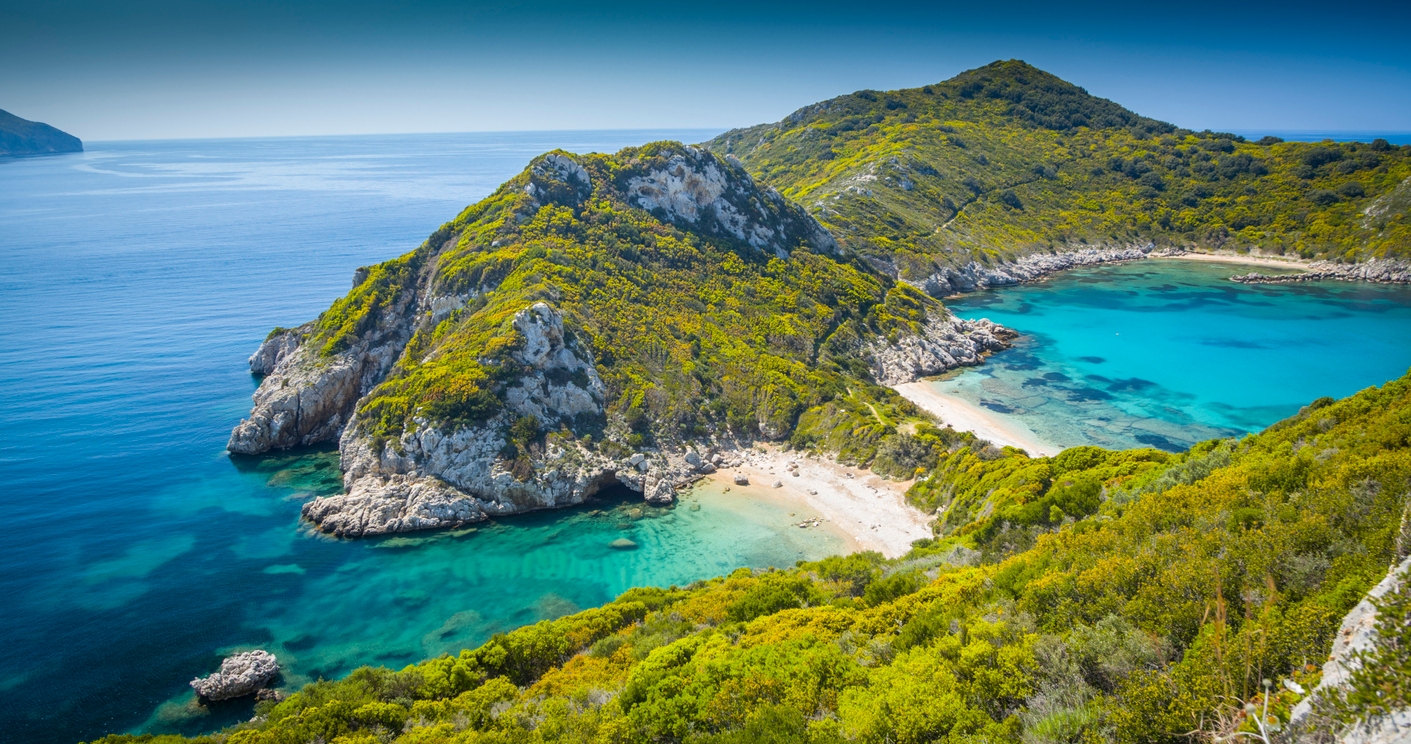
It’s status as an untried, untested, unknown quantity was far from conducive to a relaxing journey, but it proved faultless and is now maintained to the Nth degree to ensure our Greek odysseys don’t turn into mechanical tragedies.
For many, of course, such a journey simply isn’t feasible due to the constraints of work commitments and allotted holiday time – but since ‘WFH’ with a laptop is now so widely accepted, what’s the difference if you do it from the road?
After all, I bet Homer would have been a digital nomad had he been given half a chance…

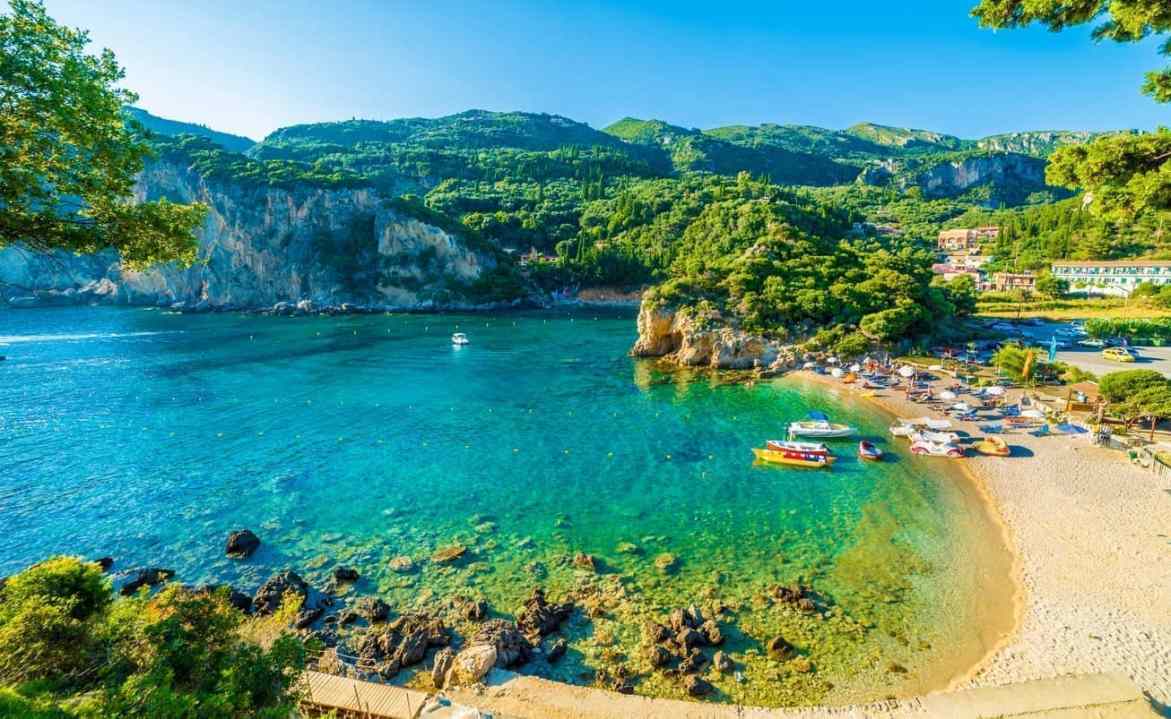
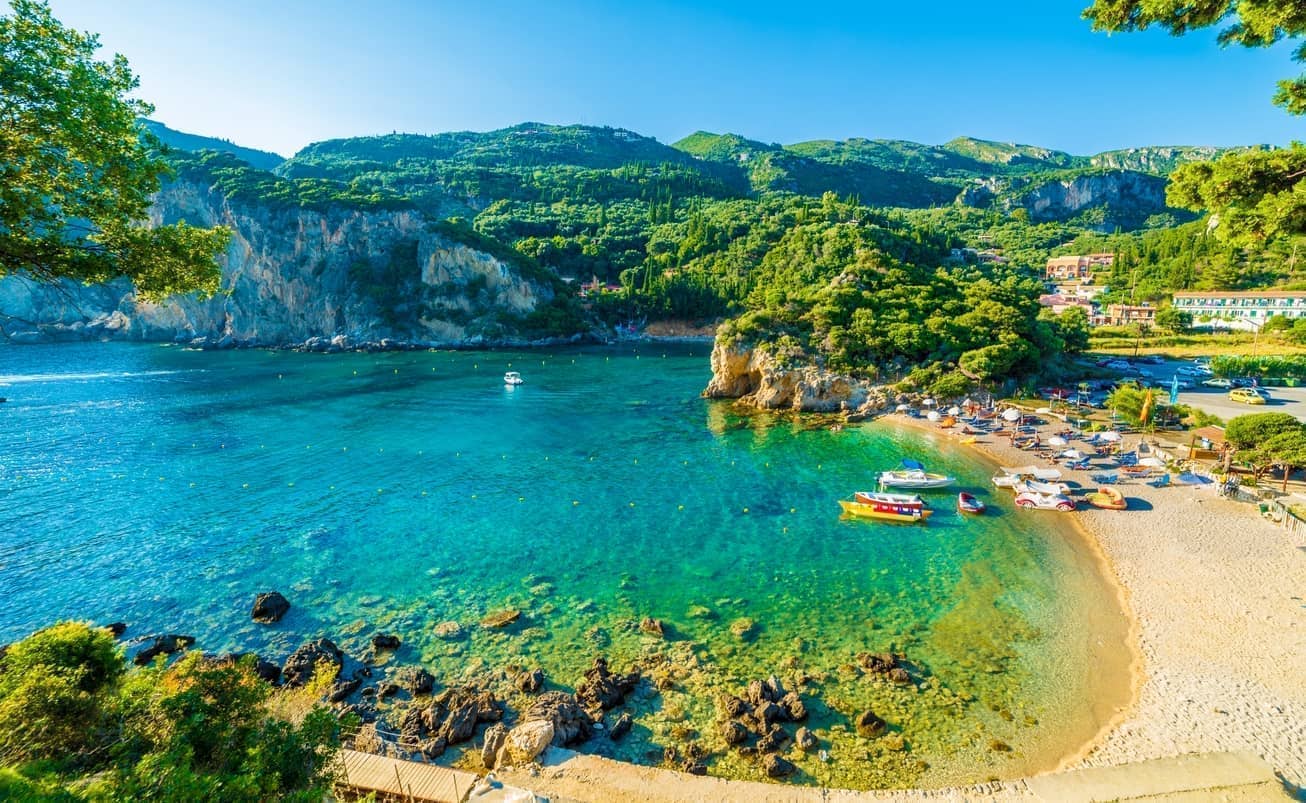




Comments